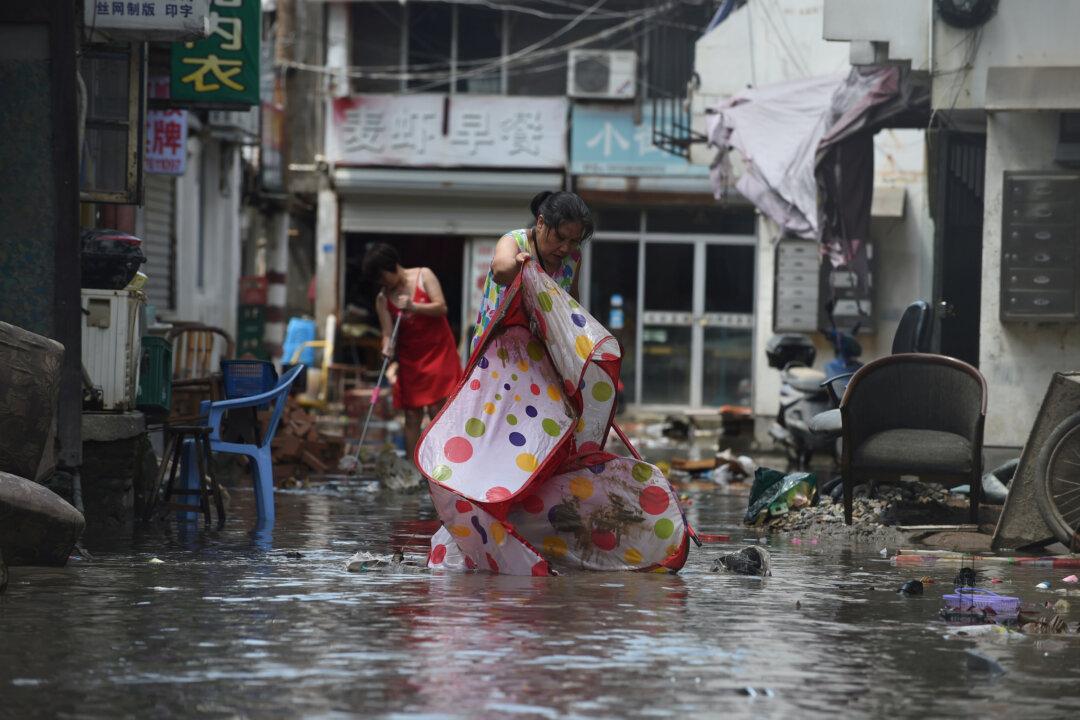In recent years, the sea level in China’s coastal areas has continued to rise significantly, which may lead to a variety of geological disasters in coastal areas. At the same time, land subsidence has become increasingly serious, according to a report by Chinese authorities.
According to data from the “2020 China Sea Level Bulletin” (hereinafter referred to as the “Bulletin”), recently released by China’s Ministry of Natural Resources, the sea level along China’s coastal areas rose by 2.87 inches last year when compared with the average level between 1993 and 2011.

